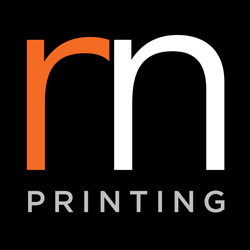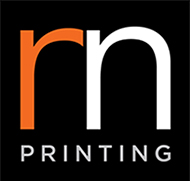Embossing is arguably one of the most popular printing methods that marketers use to immediately give their materials a prestigious look. You’ve seen it on premium packages, classy magazine covers and major event invitations just to name a few.
It is a little funny because this process doesn’t actually use any ink by itself! To sum it up, embossing is essentially raising up a portion of a print using two metal dies (or ‘stamps,’ if you prefer). Same goes for debossing (which is essentially embossing but just in the opposite direction of the surface).
That said, the process can be a bit trickier than you’d think even if you already have a printing service in mind to help you with the job. There are requirements to meet before you can expect raised print to also raised your value proposition.
Requirement #1 – The right color and the right cardstock.
One of the challenge of embossing is making sure you have the right material to withstand the procedure. Too thin a paper and you might end up with a distorted image. On the other hand, making it too thick renders embossing difficult.
You also need to think about how color factors into the presentation. Sometimes a brightly colored area in your design is eye-catching enough. Embossing might very well be overkill (and a cause for visual overload). It is best to design layouts and key visuals with embossing clearly in mind instead of a marketing afterthought.
For example, perhaps you are trying to give the potential customer an idea of how a product’s ‘shape’ might feel like. Smaller letters that would otherwise go unnoticed could garner more attention by being embossed along with the larger ones.
Requirement #2 – Embossing should be for very large areas.
Another serious error to avoid is assuming that embossing can be done on a smaller scale. Even if such a thing is technically possible, it is not practical when other methods might be better. For instance, raising a person’s thin and loopy signature hardly has any more impact than simply highlighting that same signature with a UV gloss finish.
Instead, embossing should be focused on highlighting really larger portions of a print. As previously already suggested, these can include smaller areas but the point is to use the 3D effect to raise a large area overall.
Hence, avoid making an embossing job too detailed and too complicated to properly work. Opt to mix in other types of finishes to avoid relying on it too much to achieve your desired result.
Requirement #3 – Product should match prestige.
It might go without saying but value proposition is only as good as when value is actually delivered. A bad product wrapped in a nicely embossed package will only leave negative impressions overall.
That’s not to say you should only consider embossing if you think you have the best product on the market. It simply means that it is best used hand-in-hand with a good product. In a way, it is a two-way relationship. Your product/service needs attention to sell well and an embossed touch can help grab that attention provided that you don’t’ end up creating too much buyer’s remorse (if at all).
To summarise it all, the pristine look and beautiful 3D aesthetic of embassing is not something to be used lightly. It should be used with respect in multiple areas, whether it’s in the print’s visual design, it’s large impact or it’s the value proposition.



 1300 483 455
1300 483 455 0418 260 940
0418 260 940 132 Marsden St, Parramatta
132 Marsden St, Parramatta




